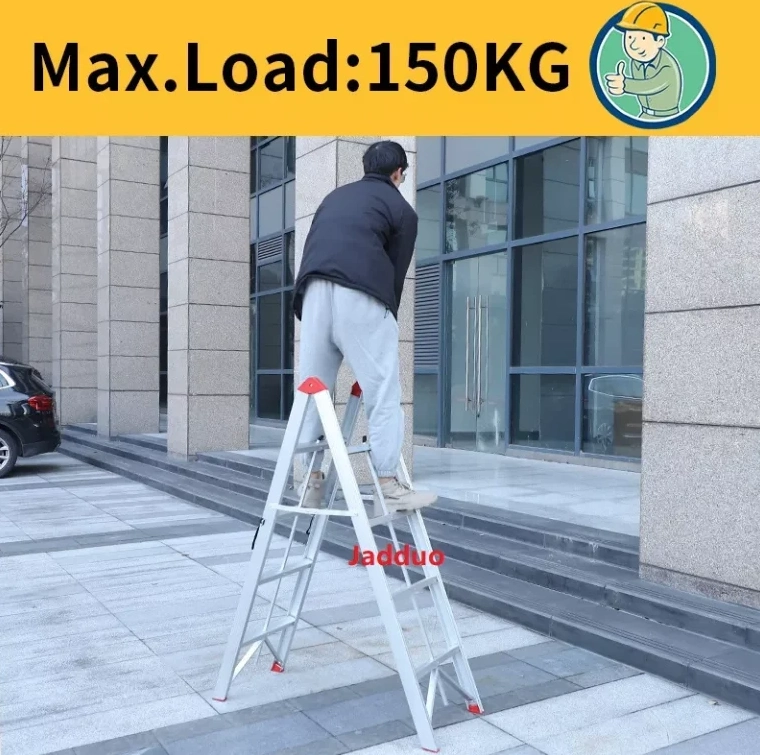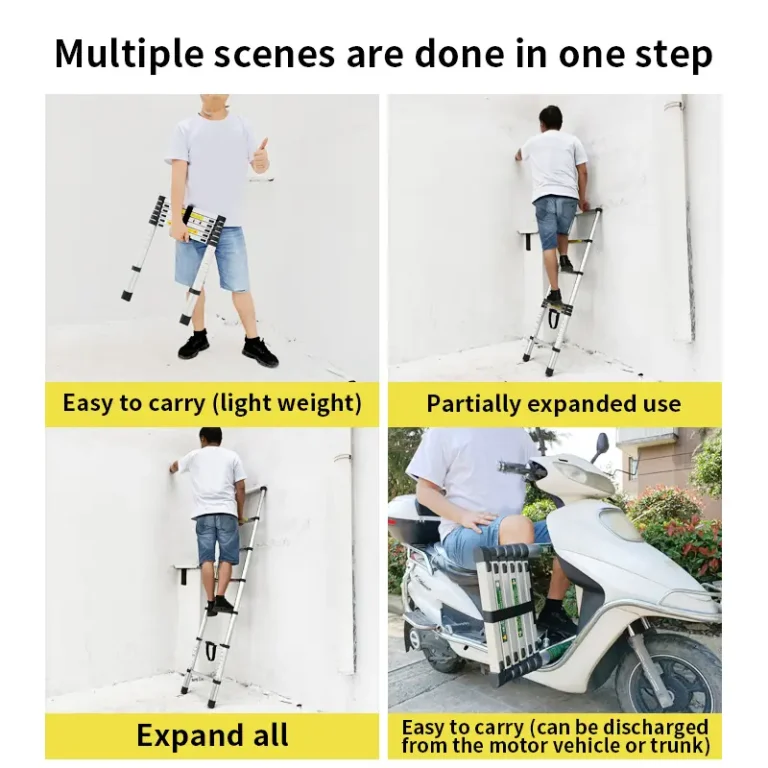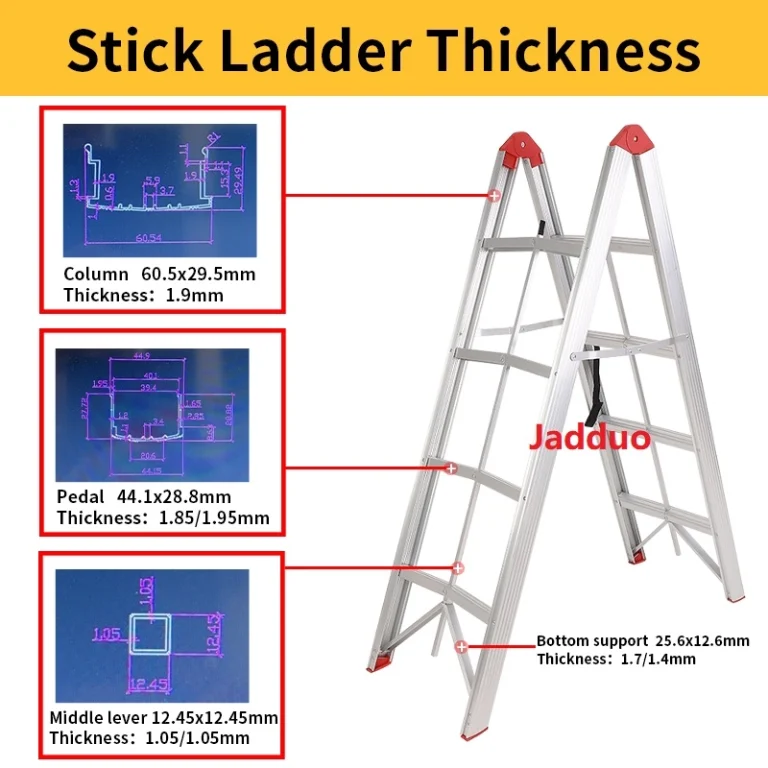Setting up an extension ladder on bumpy or sloped ground can be a real challenge, huh? Nobody wants it wobbling or sliding out while you’re halfway up. Checking the ground first is super important to keep things safe. This guide will walk you through how to check the ground, spot risky spots, and use JADDUO’s awesome ladders to stay steady and safe.
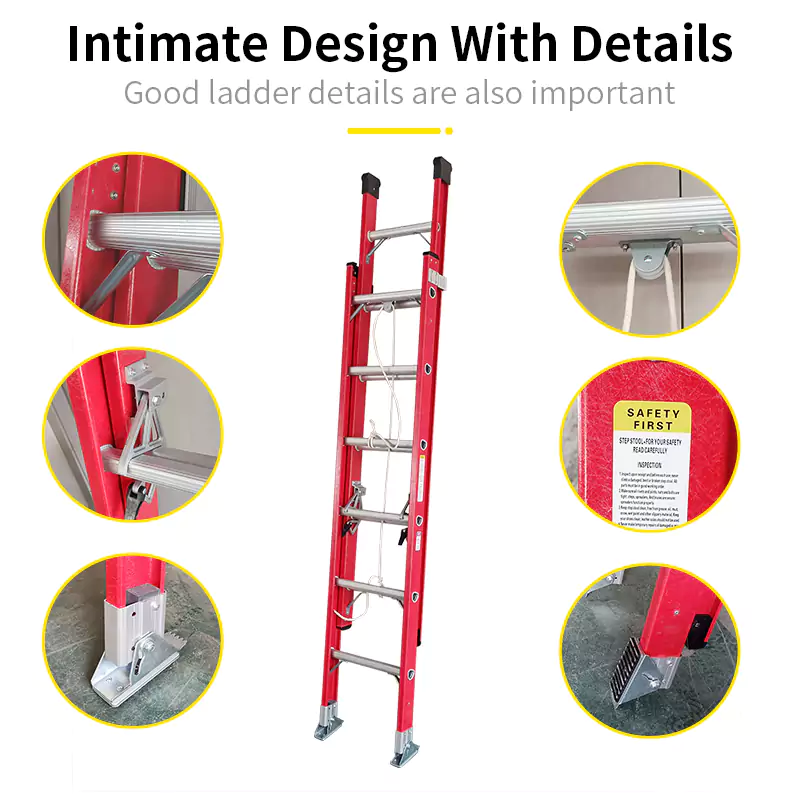
How Should You Check the Ground Before Setting Up an Extension Ladder?
What Kinds of Bumpy Ground Can Make a Ladder Unsafe?
Before you put up your extension ladder, you gotta figure out what kind of ground you’re working with. Hard dirt, gravel, grass, asphalt, or sloped concrete—each one’s got its own tricks. Soft stuff like sand or wet grass can squish when you put weight on the ladder. That makes it wobbly. Slanted ground can mess with the ladder’s balance, and gravel might slip under the feet, causing a fall.
Why Is It So Important to Make Sure the Ground Is Solid?
Even if the ground looks okay, it might hide some trouble. Wet dirt can pack down when you climb, making the ladder shaky. On hard surfaces like tiles or smooth concrete, even a tiny tilt can make the ladder slide.
A slipping ladder is one of the top reasons people get hurt. So, always test the ground. Push down hard on each ladder foot to see if it moves. You can also use a level tool to make sure the ground’s flat enough.
What Outside Dangers Should You Watch For?
Wind, rain, mud, oil spills, or nearby power lines can make things risky. Never use a metal ladder near electrical wires—go for something like fiberglass instead. Also, think about the weather. Cold days can make ladder parts brittle.
What Are the Best Ways to Set Up an Extension Ladder Safely?
How Do You Find the Perfect Angle for a Steady Ladder?
The best angle for an extension ladder is around 75 degrees. There’s a handy trick called the “4-to-1 rule.” For every 4 meters the ladder goes up, move the base 1 meter out from the wall. That makes a 75° angle with the ground. Too steep, and the ladder might tip backward. Too flat, and it could slide out from under you.
Say your ladder reaches 8 meters up. The base should be 2 meters from the wall. That keeps it nice and steady.
Why Do All Ladder Feet Need to Sit Flat on the Ground?
Every foot of the ladder has to rest flat on solid ground. Don’t put the feet on loose bricks or wobbly stuff—that’s just asking for a fall. Shaky supports can make the ladder tip when you climb. At the top, make sure both rails touch a flat surface, not just one side. That keeps everything balanced.
When Should You Use the 4-to-1 Rule on Tricky Ground?
Always use the 4-to-1 rule on bumpy or slanted ground, especially when you’re climbing high. Also, stretch the ladder a bit past your work spot. The top should stick up at least 1 meter above where you’re working. That gives you something to hold onto, keeping you safe.
What Tools Can Help Keep Ladders Steady on Uneven Ground?
Which Leveling Tools and Adjustable Legs Are the Best?
Ladders with adjustable legs are super cool for uneven ground. You can make each leg longer or shorter to match the slope. Some even have bubble levels built in to help you get it just right.
When Should You Use Ground Spikes or Anti-Skid Pads?
On soft ground, like grass or dirt, ground spikes dig in and hold the ladder steady. Anti-skid pads spread the weight out on slippery surfaces, like polished stone or wet floors. They stop the ladder from sliding around.
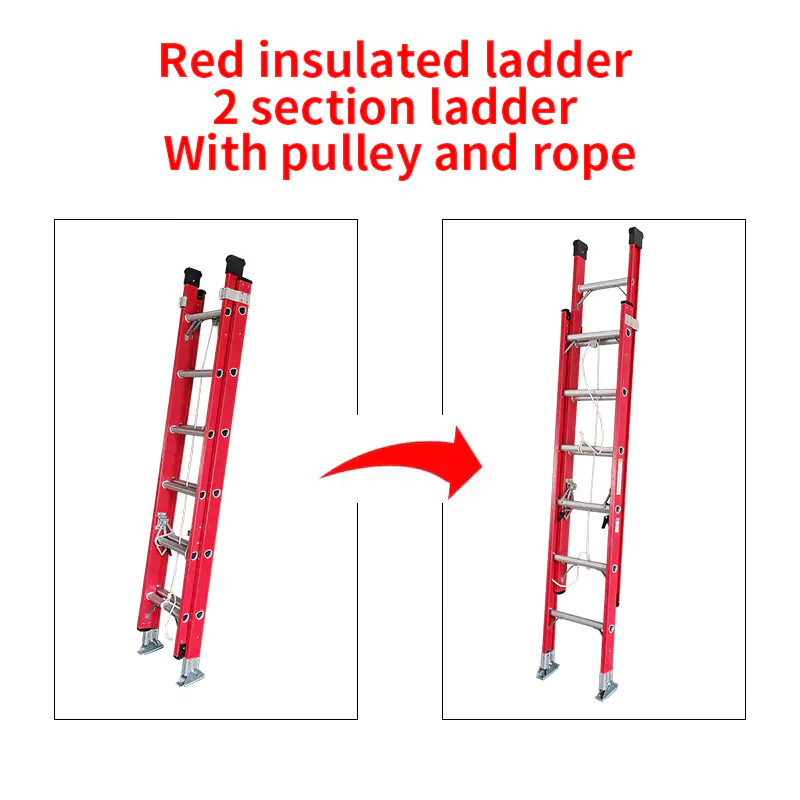
How Can JADDUO Products Make Ladders Safer on Bumpy Ground?
JADDUO kicked off in Yongkang, China—the “Hardware Capital”—back in 2015.
What Makes JADDUO’s Adjustable Leg Mechanism So Awesome?
JADDUO’s extension ladders have legs you can tweak one by one. They fit perfectly on sloped or bumpy ground without losing strength. The ladder’s overlapping parts spread the weight out evenly, so it stays balanced even when it’s carrying heavy loads.
How Do JADDUO’s Stabilizer Systems Add Extra Support?
Some JADDUO ladders come with wide base stabilizers and anti-slip rubber caps. These are great for outdoor work, even when it’s windy. They cut down on side-to-side wobble, so you feel more confident climbing. It’s like having a buddy holding the ladder steady for you.
What Steps Should You Follow When Using Ladders Outdoors?
Is There a Setup Guide for Bumpy Ground?
You bet there is! First, stretch out all the ladder’s legs all the way. Then, tweak each leg’s length to match the ground’s slope, using the ladder’s guides. Make sure all locks click into place before you climb. Don’t skip this step, even for short climbs—it’s super important.
For stuff like rooftop tents or camping, JADDUO’s telescopic tent ladder with wide, anti-slip steps is awesome. It’s light but tough, with great grip for safety.
What’s on Your Checklist Before Climbing Outside?
Before you climb, check these things:
- Make sure locks are tight.
- Look at the feet for wear or damage.
- Check that rungs are spaced evenly.
- Test the ladder’s stability after setting it up.
- Wipe off any mud or grease from the rungs.
Also, check bolts every month. Tighten loose screws, especially if the ladder gets used a lot on job sites.
How Do You Keep the Ladder Working Well in All Kinds of Weather?
Store your ladder inside when you’re done. Wipe it dry if it gets wet. Oil the joints now and then to keep them smooth. Swap out worn rubber feet right away. Cleaning the ladder every day stops rust and makes it last way longer.
What Pro Tips Help Keep Ladders Steady on Tough Ground?
How Can You Brace the Ladder Without Scratching Stuff?
Use padded standoff arms to spread out the pressure. They keep walls or windowsills from getting scratched. Always brace against flat surfaces—not curvy gutters or pipes. That keeps the ladder steady without causing damage.
Why Is Tying Off the Top So Important for Big Jobs?
When you’re working high up, tie the ladder’s top to something solid, like a strong anchor. Use ropes or hooks to stop it from moving if you shift your weight or the wind kicks up. Never move the ladder while you’re on it—climb down first.
When Should You Get a Buddy to Help?
If you’re working alone on sloped ground or near busy spots like warehouses, grab a friend to help. They can hold the ladder steady from below and give you a heads-up if it starts to wobble. A quick warning can save you from a bad fall.
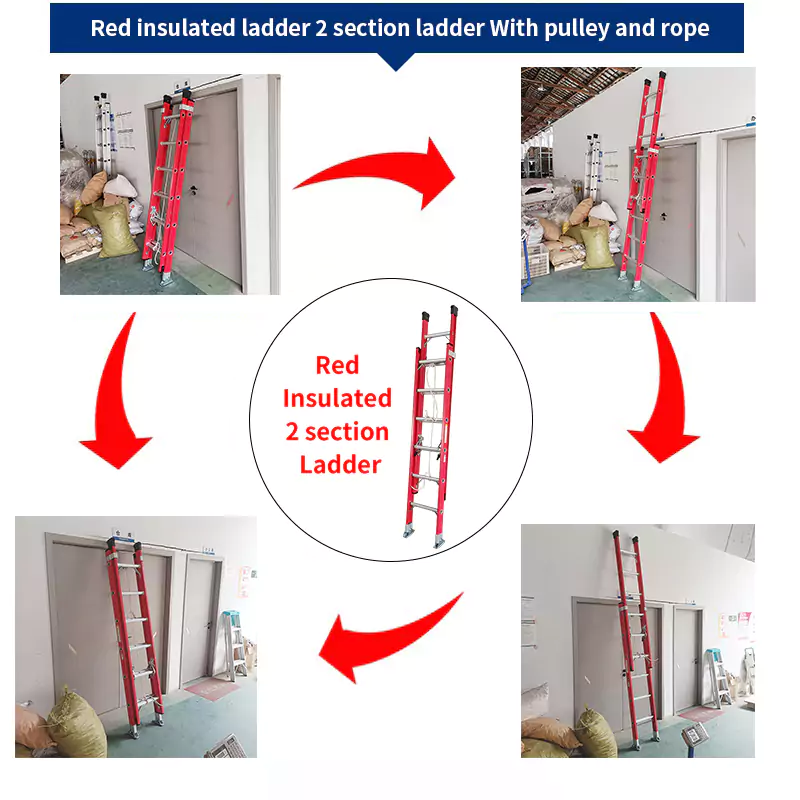
What Mistakes Should You Avoid When Using Extension Ladders on Uneven Ground?
Why Is Propping Up Ladders with Random Stuff So Dangerous?
Tossing bricks, wood, or scrap metal under a ladder foot might seem like a quick fix, but it’s super risky. Those things can shift or break, making the ladder tip over. Stick with proper leveling tools instead.
What Happens If You Ignore JADDUO’s Instructions?
If you skip the ladder’s guidelines—like going too high or overloading it—you’re asking for trouble. The ladder could break while you’re climbing. Always follow the weight limits and instructions.
Why Keep Checking Stability All the Time?
Outside, things change fast. Wind can pick up, or the ground might settle under the ladder. If you don’t keep checking, you’re trusting a setup that might not be safe anymore. That’s a risky move no pro should make.
Explore JADDUO’s premium extension ladders with adjustable legs and anti-slip technology—your stability solution for uneven ground!
FAQ
Q1: How do I know my extension ladder is safe before climbing?
A: Check the locks, rungs, and rubber feet. Set it at a 75° angle using the 4-to-1 rule. Push down to make sure it doesn’t move.
Q2: Can I use an extension ladder on sloped ground?
A: Yes! Use adjustable legs and stabilizers, and tie the top to something solid. That keeps it steady on bumpy ground.
Q3: Are wide anti-slip rungs better than regular ones?
A: You bet! Wide anti-slip rungs give better grip and comfort, especially in wet or muddy spots. They spread your weight out, so you’re less likely to slip.

